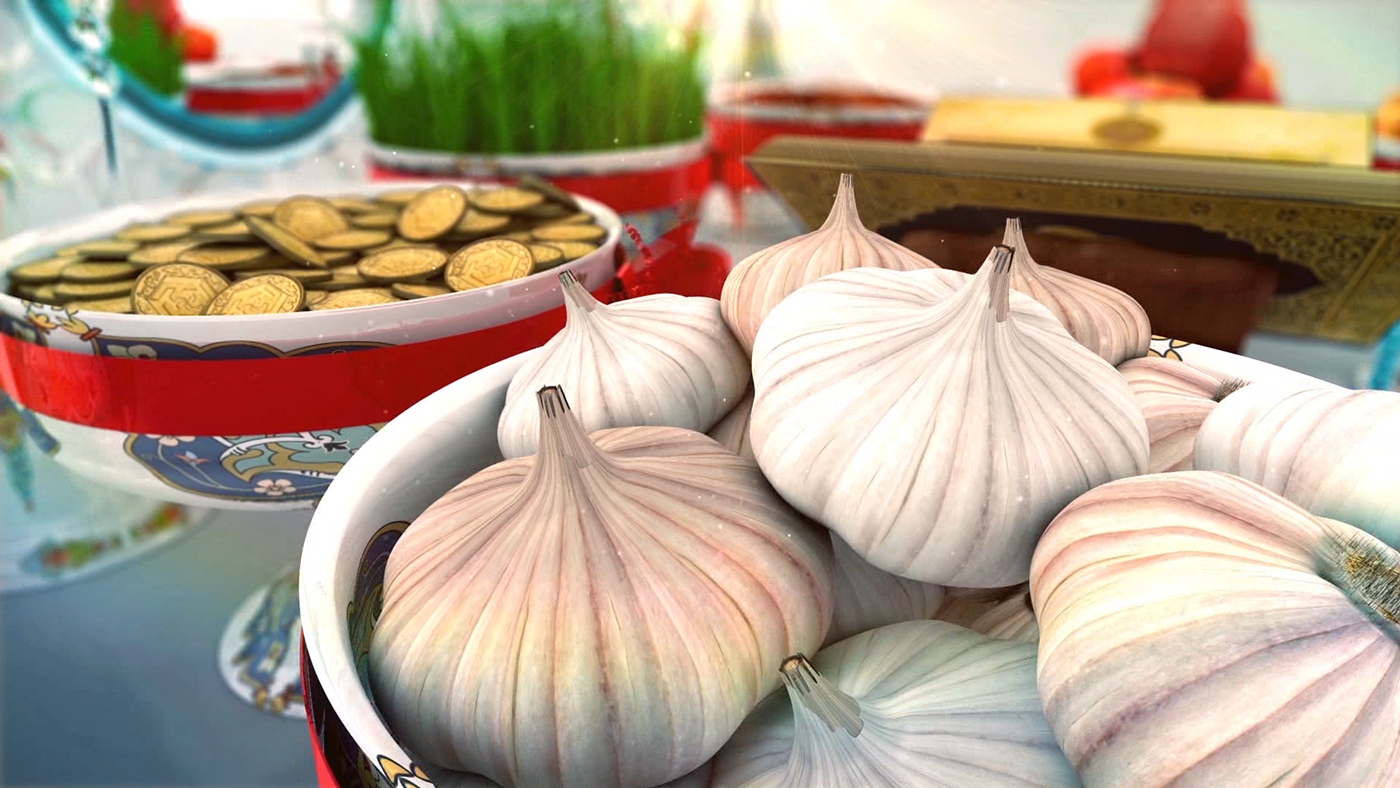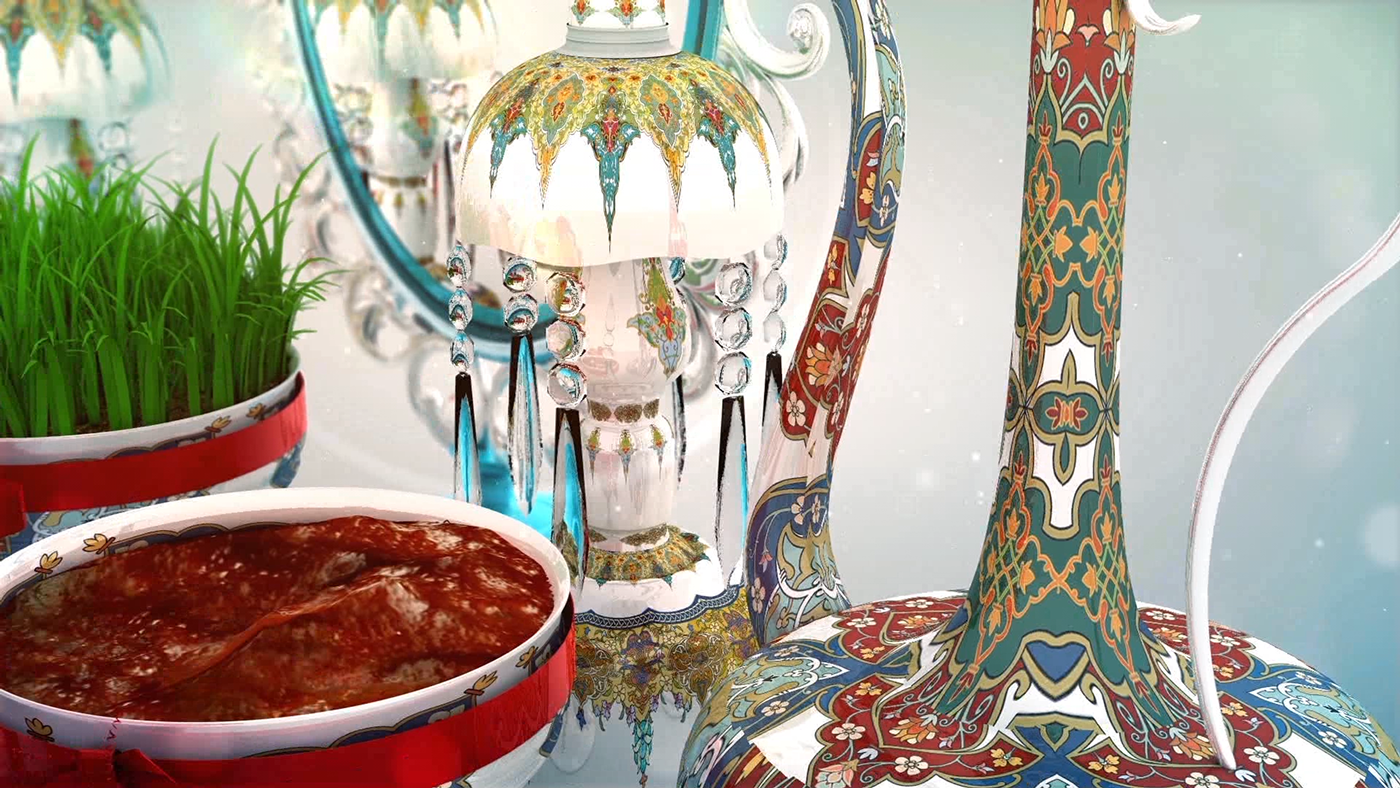Nowruz
Nowruz (Persian: نوروز, IPA: [nouˈɾuːz], meaning "[The] New Day") is the name of the Iranian New Year.
Nowruz marks the first day of spring or Equinox[30] and the beginning of the year in the Persian calendar. It is celebrated on the day of the astronomical Northward equinox, which usually occurs on March 21 or the previous/following day depending on where it is observed. The moment the sun crosses the celestial equator and equalizes night and day is calculated exactly every year and families gather together to observe the rituals.
Nowruz is celebrated by people from diverse ethnic communities and religious backgrounds for thousands of years. It is a secular holiday for most celebrants that is enjoyed by people of several different faiths, but remains a holy day for Zoroastrians. It originated in Persia in one of the capitals of the Achaemenid empire in Persis (Fars) is celebrated by the cultural region that came under Iranian influence.
Nowruz is partly rooted in the religious tradition of Zoroastrianism or even older in tradition of Mitraism because in Mitraism festivals had a deep linkage with the sun light. The Persian festivals of Yalda (longest night) and Mehregan (autumnal equinox) and Tiregān (longest day) also had an origination in the Sun god (Surya). Among other ideas, Zoroastrianism is the first monotheistic religion that emphasizes broad concepts such as the corresponding work of good and evil in the world, and the connection of humans to nature. Zoroastrian practices were dominant for much of the history of ancient Persia (modern day Iran). Nowruz is believed to have been invented by Zoroaster himself, although there is no clear date of origin. Since the Achaemenid era the official year has begun with the New Day when the Sun leaves the zodiac of Pisces and enters the zodiacal sign of Aries, signifying the Spring Equinox. Nowruz is also a holy day for Sufi Muslims, Bektashis, Ismailis, Alawites, Alevis, Babis and adherents of the Bahá'í Faith.
The term Nowruz in writing first appeared in historical Persian records in the 2nd century CE, but it was also an important day during the time of the Achaemenids (c. 550–330 BCE), where kings from different nations under the Persian Empire used to bring gifts to the Emperor, also called King of Kings (Shahanshah), of Persia on Nowruz. The significance of Nowruz in the Achaemenid Empire was such that the great Persian king Cambyses II's appointment as the king of Babylon was legitimized only after his participation in the New Year festival (Nowruz).
Nowruz in contemporary world
Before the collapse of the Soviet Union. Iran was the only country that officially observed the ceremonies of Nowruz. When the Central Asian and Caucasus countries gained independence from the Soviets, they also declared Nowruz as a national holiday. The UN's General Assembly in 2010 recognized the International Day of Nowruz, describing it as a spring festival of Persian origin which has been celebrated for over 3,000 years. During the meeting of The Inter-governmental Committee for the Safeguarding of the Intangible Heritage of the United Nations, held between 28 September – 2 October 2009, Nowrūz was officially registered on the UNESCO List of the Intangible Cultural Heritage of Humanity.
Before the collapse of the Soviet Union. Iran was the only country that officially observed the ceremonies of Nowruz. When the Central Asian and Caucasus countries gained independence from the Soviets, they also declared Nowruz as a national holiday. The UN's General Assembly in 2010 recognized the International Day of Nowruz, describing it as a spring festival of Persian origin which has been celebrated for over 3,000 years. During the meeting of The Inter-governmental Committee for the Safeguarding of the Intangible Heritage of the United Nations, held between 28 September – 2 October 2009, Nowrūz was officially registered on the UNESCO List of the Intangible Cultural Heritage of Humanity.
www.wikipedia.org/wiki/Nowruz
ARMSTATION NOWRUZ OFOGHTV
Client :ofgohtv
Creative Art Director / Animation / Graphic Design : hamed azizi
vfx : hamed azizi
model :hani azizi / hamed azizi
Client :ofgohtv
Creative Art Director / Animation / Graphic Design : hamed azizi
vfx : hamed azizi
model :hani azizi / hamed azizi
texture :hani azizi
producer :international entertainment channel ofoghtv
producer :international entertainment channel ofoghtv














THANK YOU FOR WATCHING


